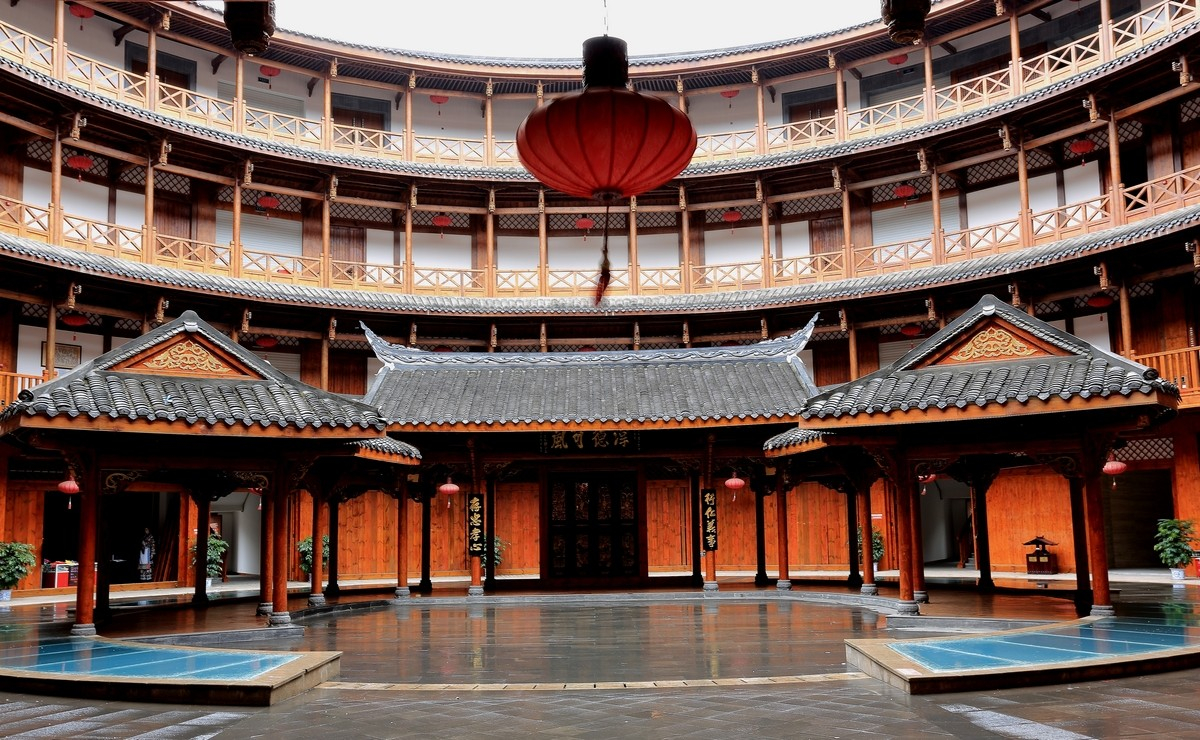
Luodai Ancient Town
The Hakka refers to a kind of Han ethnic group, which is a large part of many south China cities. Long ago they migrated from their hometown to others parts of China, and even outside China.Its Hakka culture is preserved well anywhere you may feel the strong Hakka culture.
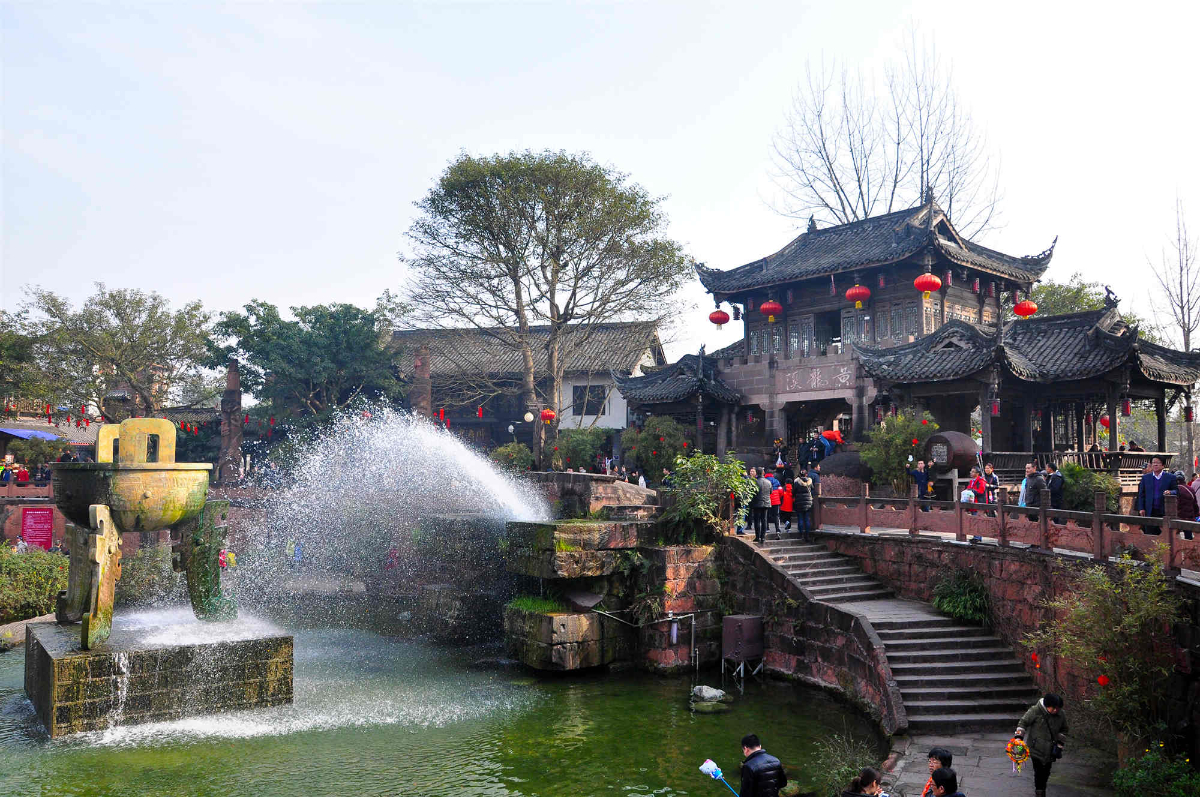
Huanglongxi Ancient Town
Huanglongxi Ancient Town not only has rich ancient culture and those cultures concerning water, Buddhism, tea, ecological farming, but also has colorful cultures involving folk customs, films and televisions, as well as foods.

Sichuan Cuisine Museum
As the only “eatable museum”(which means you can find many delicious food here),Chuancais Museum is bringing a version of new museum----visiting can not only finished by using eyes and ears, you can also enjoy it by using mouth and nose.

Dufu Thatched Cottage
Du Fu Thatched Cottage is one of the top five historical sites in Chengdu. It is devoted to Du Fu, a famous poet in Tang Dynasty. Located in the western suburb of Chengdu, the cottage used to be the former residence of Du Fu.

Wide and Narrow Alleys
Wide&Narrow Alley is a cultural site consisting of 45 Qing Ming Dynasty style courtyards, modern villas and gardens, as well as theme hostels, the wide and narrow alleys are now bordered with exquisitely decorated tea houses, cafes, boutiques and bookshops. It’is a fusion of tradition and fashionable, business and leisure in the heart of Chengdu.
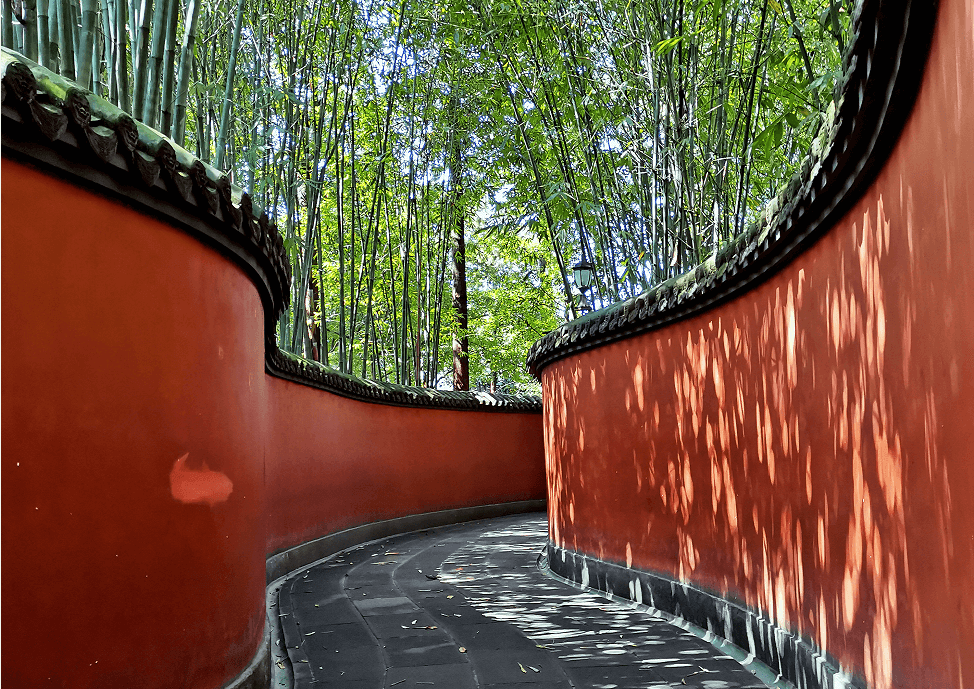
Wuhou Shrine Museum
Wuhou Shrine is known as the "mecca of the Three Kingdoms" for it is China's only shrine where lord and ministers are enshrined together, the most venerated memorial of Zhuge Liang, Liu Bei and other important Shu Han individuals, and the world's most influential Three Kingdoms relics museum.
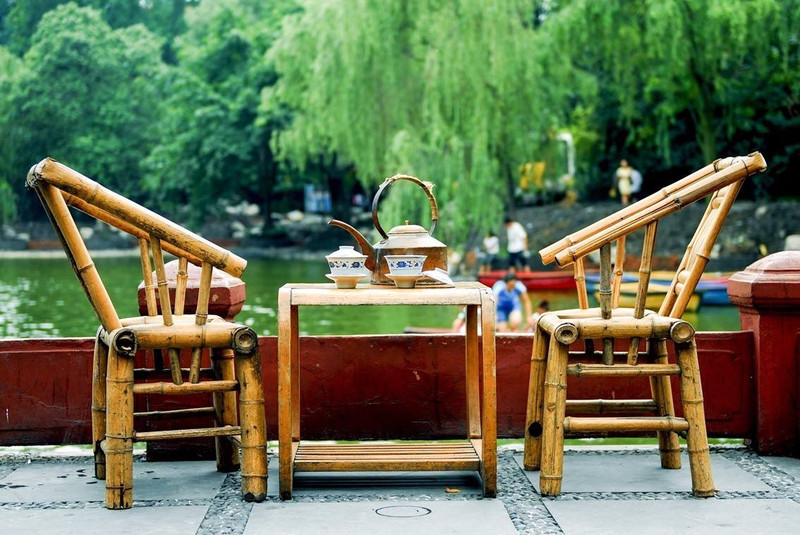
Chengdu People's Park
Renmin Park is a great place to experience the Chengdu locals’ relaxed and laid-back lifestyles. You can feel the different cultural atmosphere in Chengdu and experience the locals’ great pride in their city. Renmin Park is the best place to experience how the locals live — their lives are comfortable, enjoyable, leisurely, and they enjoy their freedom.
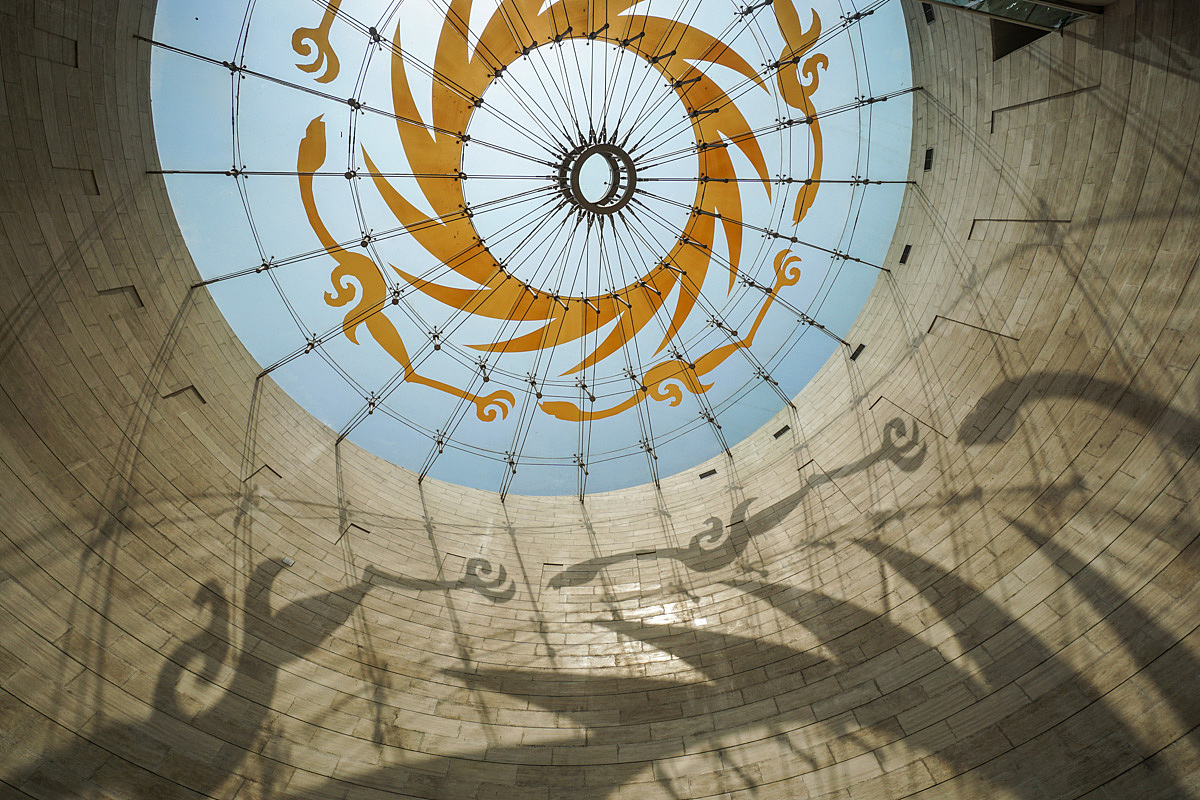
Jinsha Site Museum
It is the first and the most significant archaeological discovery of China in the early 21st century. The discovery was also a significant archaeological event in Sichuan after Sanxingdui Site was excavated. It was added to the list of Top Ten Archaeological Discoveries in 2001.
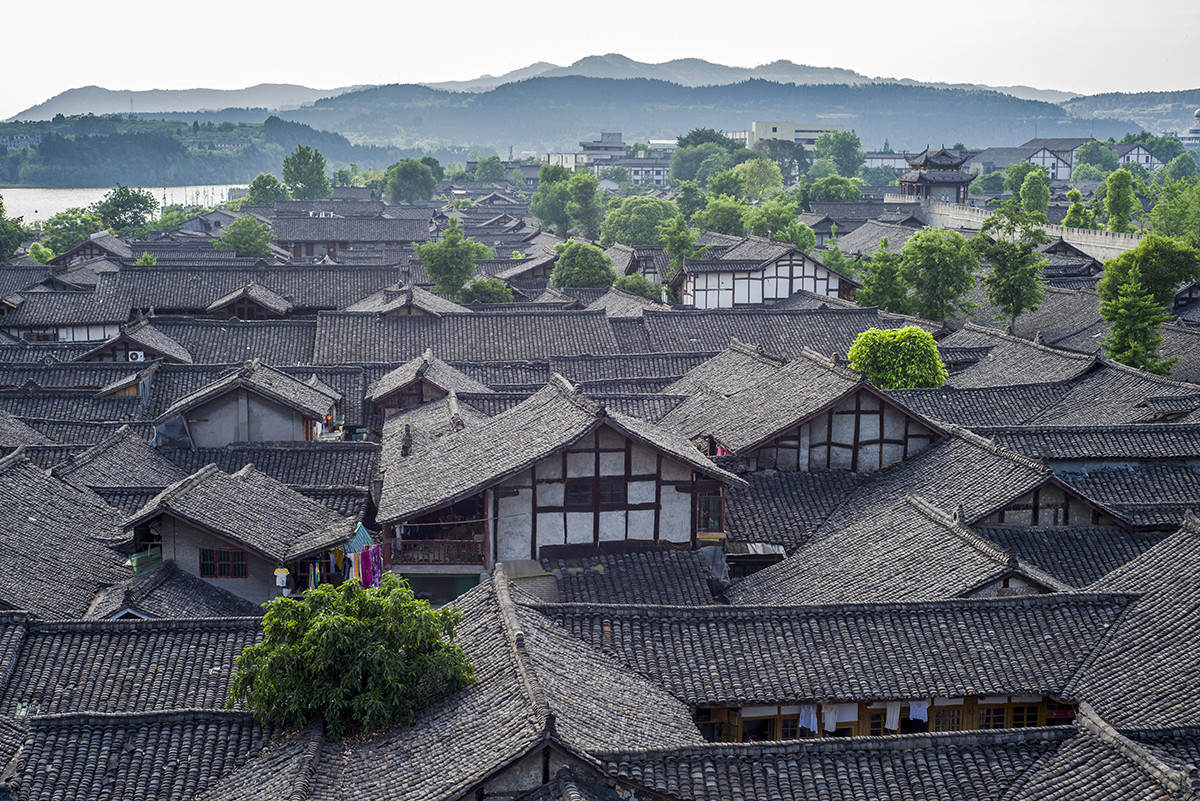
Langzhong Ancient Town
According to the history, Langzhong is an important segment of the culture of the “Three Kingdom”, the senior general Zhang Fei, the sworn brother of the King Liu Bei of Shu Kingdom, has garrisoned Langzhong for seven years and was buried here after death.
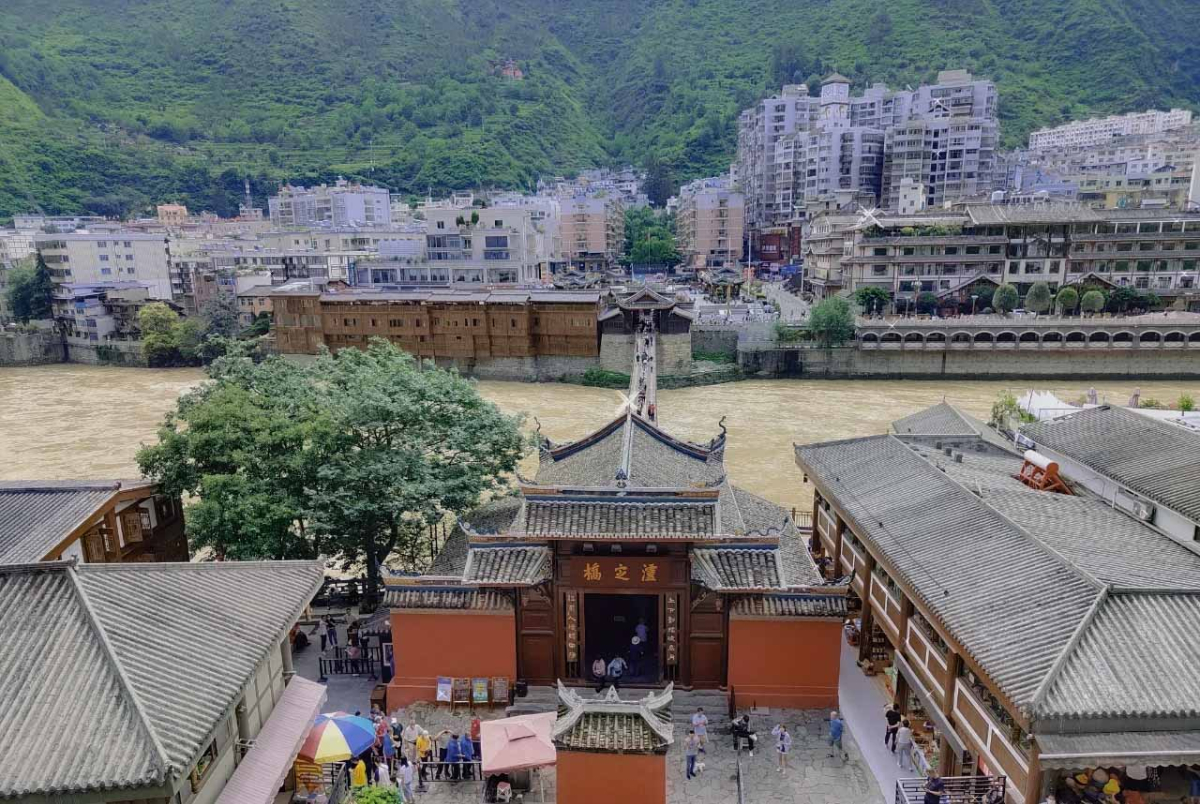
Luding Bridge
The bridge is 106.37 meters in length and 3 meters in width. It straddles Dadu River. The water below rushes rapidly. It is amazing that the bridge was built up more than 300 years ago without cranes. It is said that the chains were moved over the river from the east to the west by utilizing cable and derrick. The cable was made of bamboo, and the derrick was made of wood.
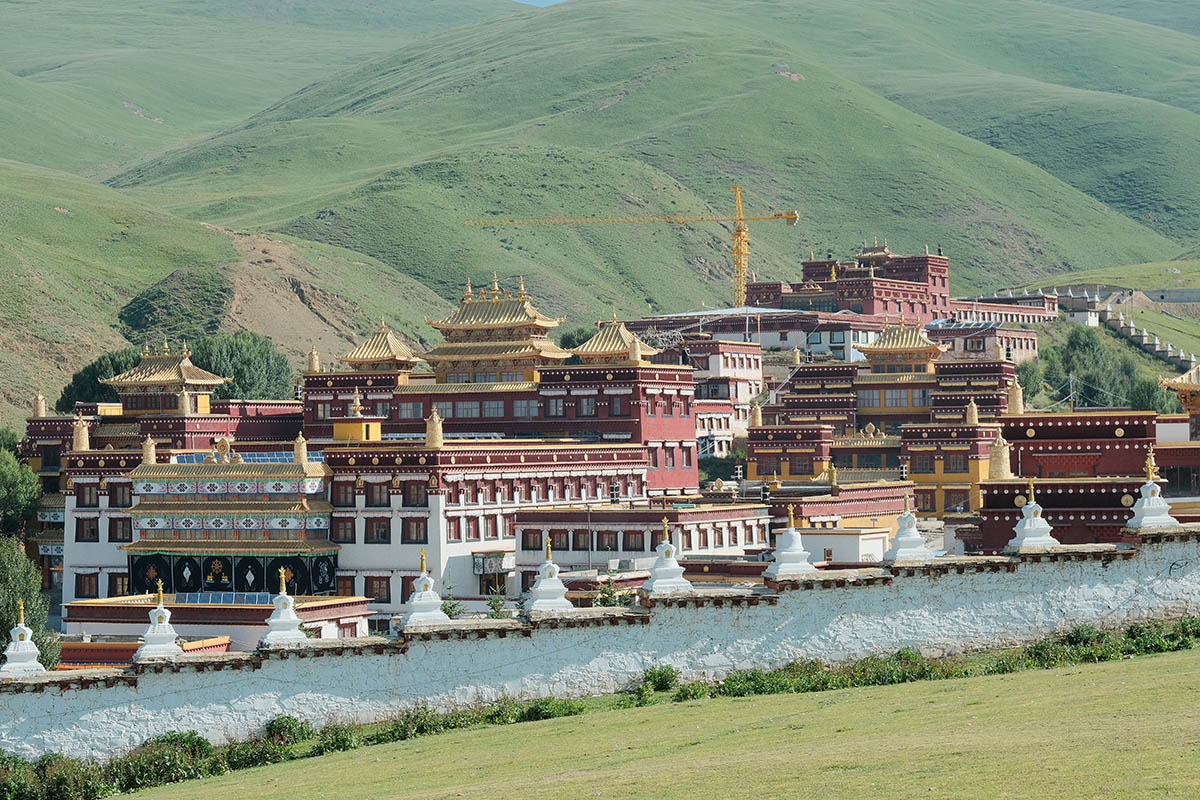
Litang Monastery
The monastery is the largest and oldest Tibetan Buddhism monastery in the Kham Area. The temple has a close relation with the other three big monasteries in Lhasa. In Tibet, locals think Litang monastery ranks just behind the big three monasteries in Lhasa. Because the Dalai Lama VII and the Dalai Lama X were both born in Litang.